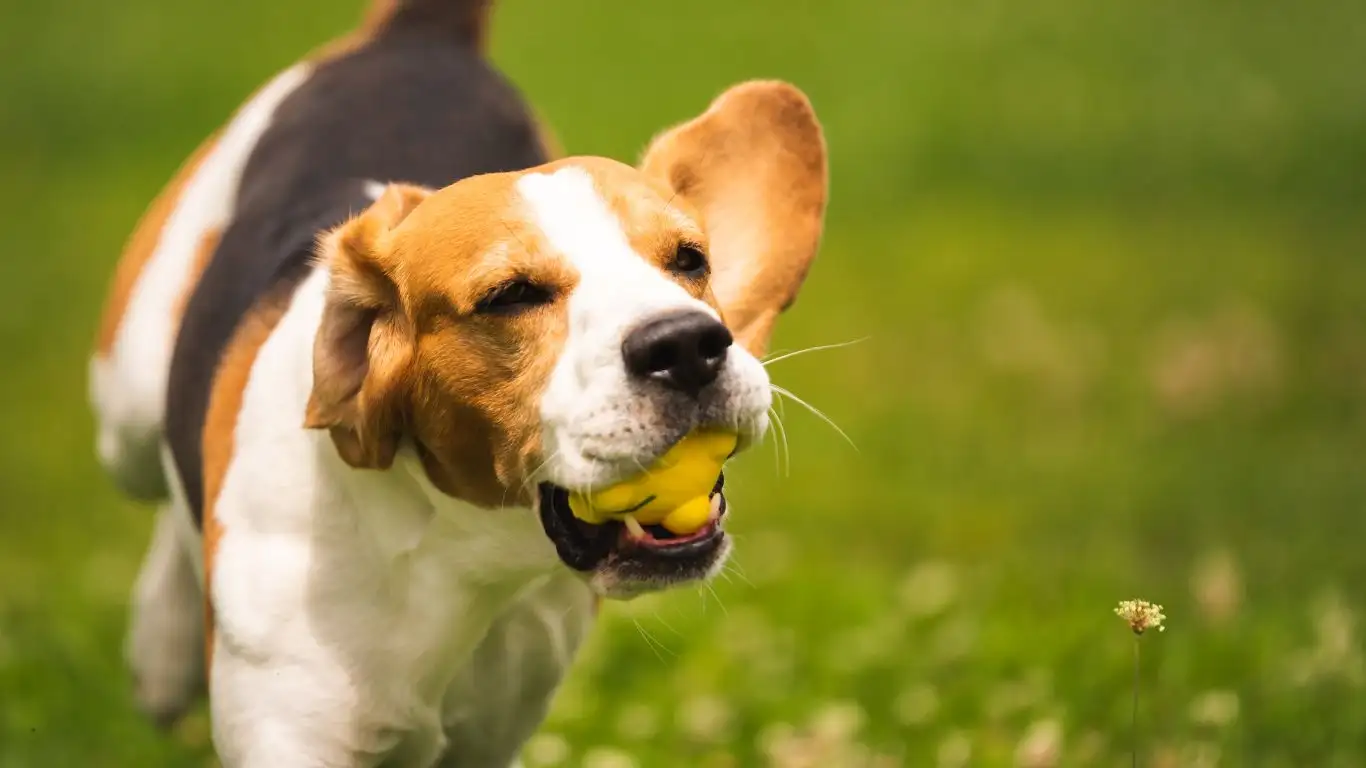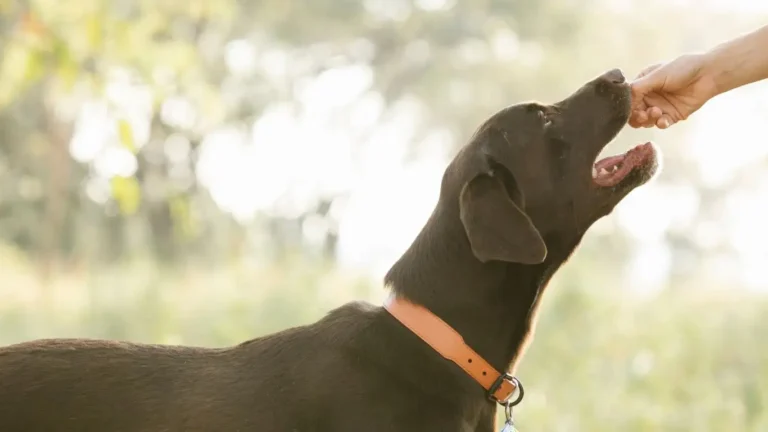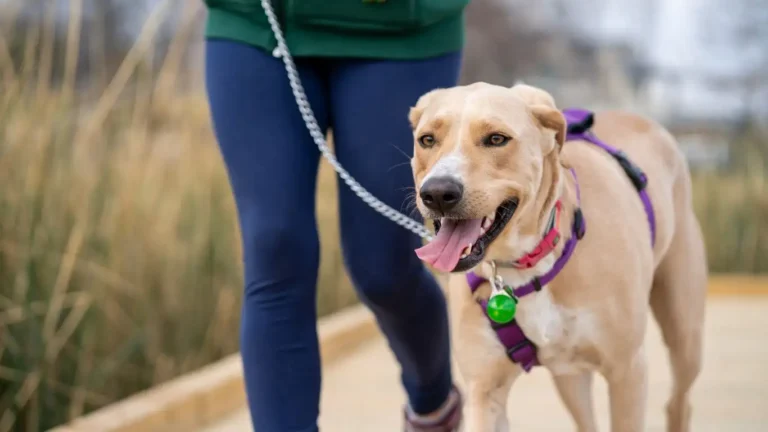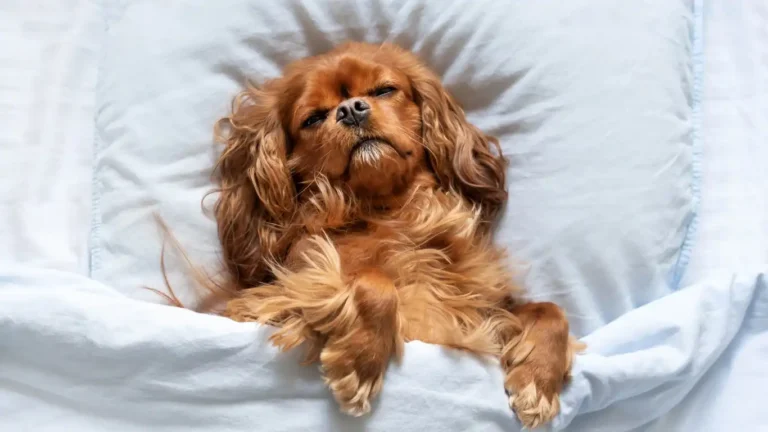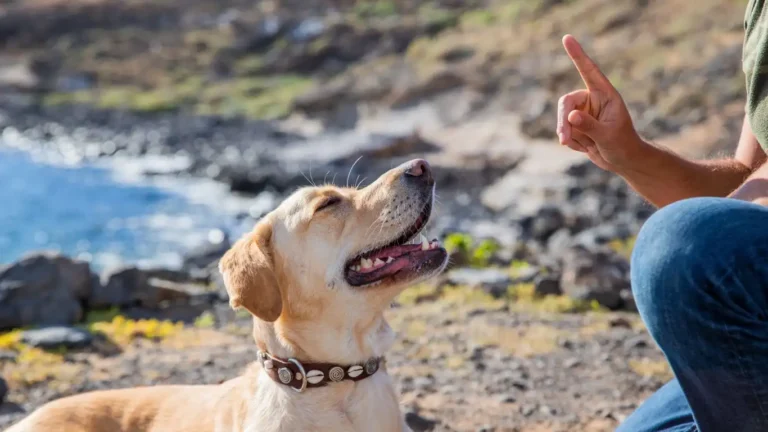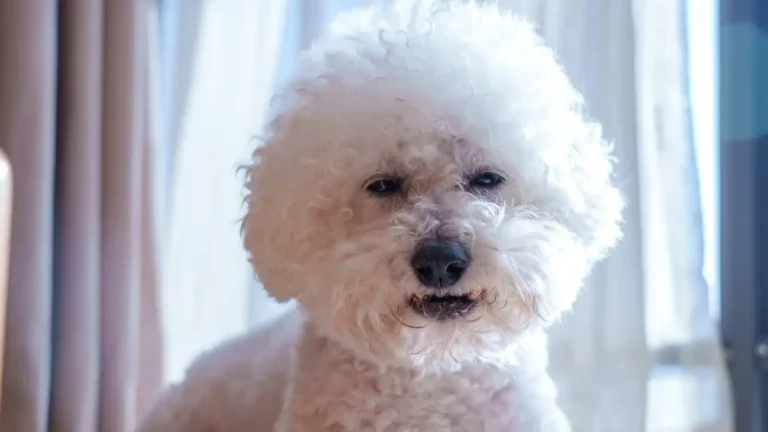How to Train a Dog to Stop Nipping at Hands: Effective Solutions to Prevent Nipping
If you’re a dog parent, you know how frustrating it can be when your dog starts nipping at your hands. Whether it’s a playful puppy or an older dog with some bad habits, figuring out how to train a dog to stop nipping at hands is essential for a harmonious relationship between you and your furry friend. As a Certified Professional Dog Trainer (CPDT-KA), I’ve had my fair share of experiences helping owners tackle this common challenge. It’s a behavior that not only hurts, but can also lead to more serious issues if left unaddressed. In this guide, we’ll dive into effective training strategies to stop your dog’s nipping, with practical tips that you can start applying today.
Understanding Why Dogs Nip at Hands
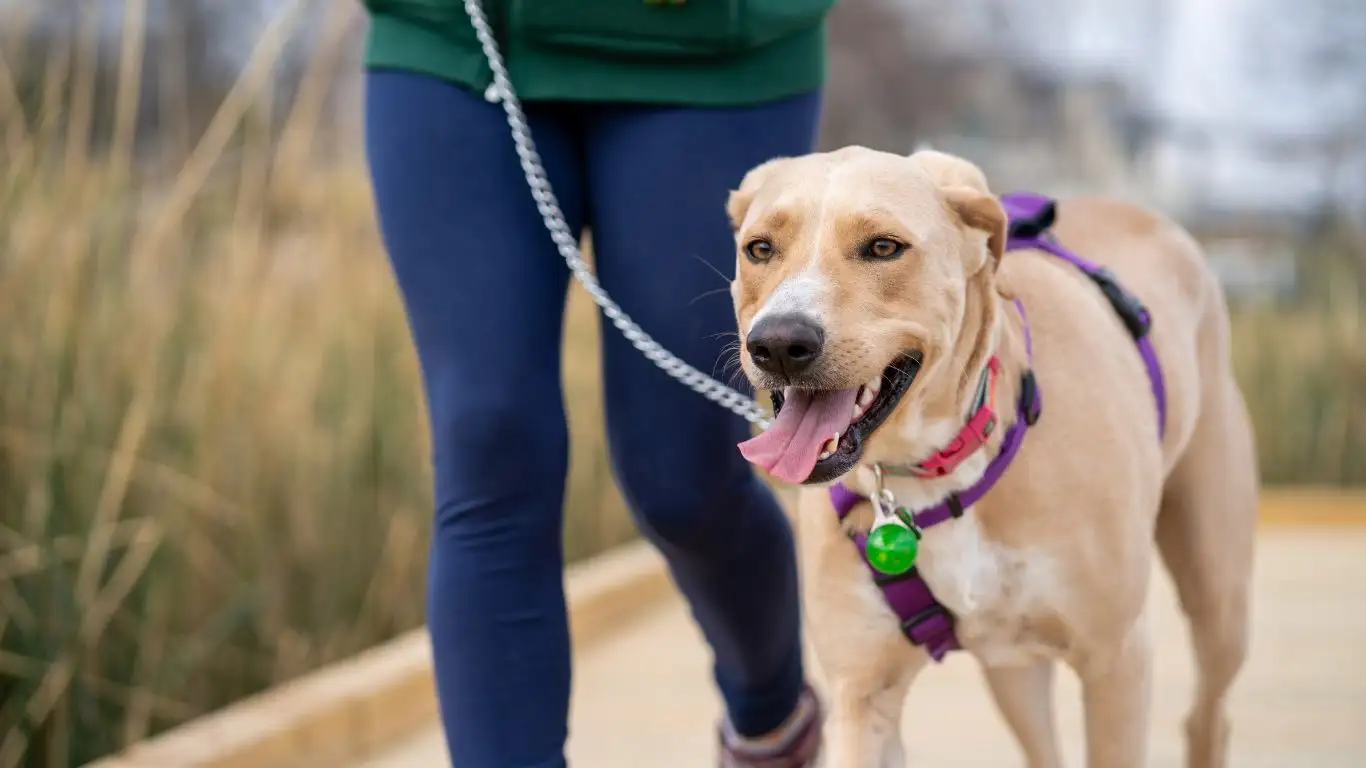
Before we jump into how to stop the nipping, let’s take a moment to understand why your dog might be engaging in this behavior. Dogs nip for several reasons, and it’s important to address the root cause to effectively modify their actions.
1. Puppy Teething and Exploration
If you’ve recently adopted a puppy, teething might be the culprit. Just like human babies, puppies go through a teething phase where they feel the urge to chew and bite on things. During this period, their gums hurt, and they seek relief by nibbling on objects. Unfortunately, your hands might fall victim to this natural instinct, especially if you’re playing with them.
2. Play Behavior
Another reason dogs nip at hands is simply because they’re playing. Young dogs, especially, have tons of energy and are eager to engage with their owners in a fun and active way. This can result in them nipping as part of their play. It may seem harmless, but it’s important to correct this behavior before it becomes a habitual issue.
3. Attention-Seeking Behavior
Dogs are incredibly intuitive and often nip as a way to get your attention. If your dog notices that nipping results in a reaction, even if it’s a negative one, they may repeat the action. The key here is consistency—if your dog learns that nipping gets them what they want (even if it’s just a moment of attention), the behavior will continue.
4. Fear or Anxiety
In some cases, nipping can be a sign of fear or anxiety. If your dog is feeling threatened, insecure, or overwhelmed, they might nip as a defense mechanism. This is particularly common in dogs that have not been properly socialized or have had negative experiences with people in the past.
How to Train a Dog to Stop Nipping at Hands

Now that you have a better understanding of why your dog might be nipping, let’s focus on how to train a dog to stop nipping at hands. There are several techniques you can implement, but consistency, patience, and positive reinforcement are key. Here are the steps to follow:
1. Redirect the Behavior
The first step in stopping nipping is to redirect the dog’s attention to something more appropriate. If your dog starts nipping at your hands, immediately replace your hand with a chew toy or another object they are allowed to bite. This helps your dog associate chewing on the toy with positive reinforcement, rather than focusing on your hands.
- Always have a chew toy on hand (pun intended!) for when the nipping starts.
- Encourage your dog to focus on the toy by praising them when they start chewing it.
2. Use the “No Bite” Command
Training your dog with a verbal cue can be extremely effective in stopping nipping. A simple command like “No bite” or “Gentle” can be taught to your dog over time. The key is to use the command consistently, paired with positive reinforcement when your dog responds correctly.
- Start by saying the command firmly but calmly when your dog begins to nip.
- If your dog stops nipping, reward them immediately with praise or a treat.
- Be consistent with the command to help your dog make the connection between the behavior and the correction.
3. Teach Bite Inhibition
Bite inhibition refers to a dog’s ability to control the force of their bite. It’s essential for dogs to understand that nipping too hard is unacceptable. If your dog bites you during play or while nipping, let out a loud, high-pitched “ouch” and immediately stop the interaction. This simulates the way puppies would communicate with each other in a litter when they bite too hard.
Once your dog calms down, resume play or interaction. If they continue to nip, repeat the process. Over time, your dog will learn that hard nips cause playtime to end, and soft or no nips keep the fun going.
4. Socialization with Other Dogs
Proper socialization is another important factor in helping a dog stop nipping at hands. If your dog hasn’t had the chance to interact with other dogs, consider arranging playdates or enrolling them in doggy daycare. By observing other dogs, your pet will learn proper canine manners and boundaries, reducing the chances of nipping as a form of communication or play.
Consistency is Key
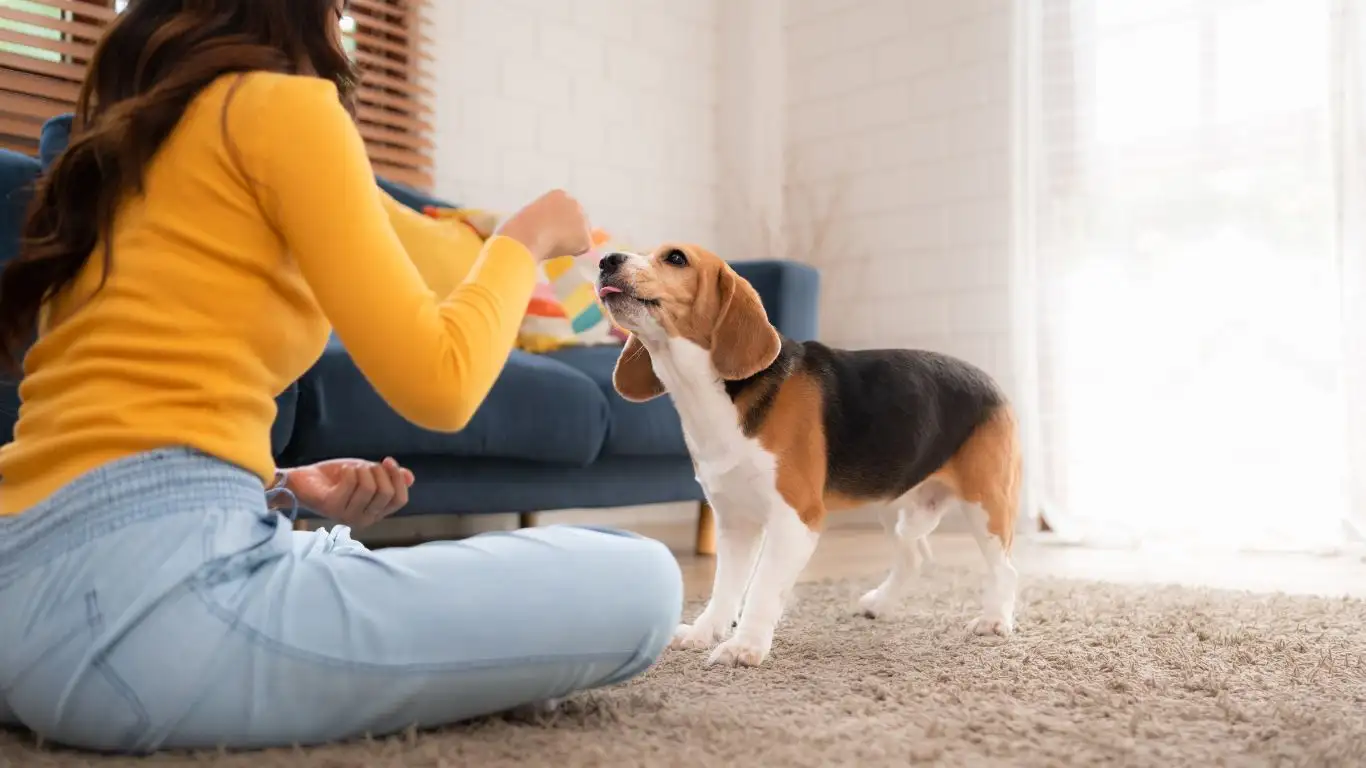
Consistency is crucial when it comes to training your dog to stop nipping at hands. Dogs thrive on routine and repetition, and if you give mixed signals, they will likely continue the behavior. Whether you’re redirecting their attention, using verbal cues, or implementing bite inhibition, ensure you’re consistent in your approach and patient with your dog’s progress.
Remember, training takes time, and every dog learns at their own pace. Celebrate small victories along the way and be patient with the process. It’s all about creating a positive and safe environment for both you and your dog to enjoy each other’s company without the nipping.
Additional Training Techniques to Stop Nipping
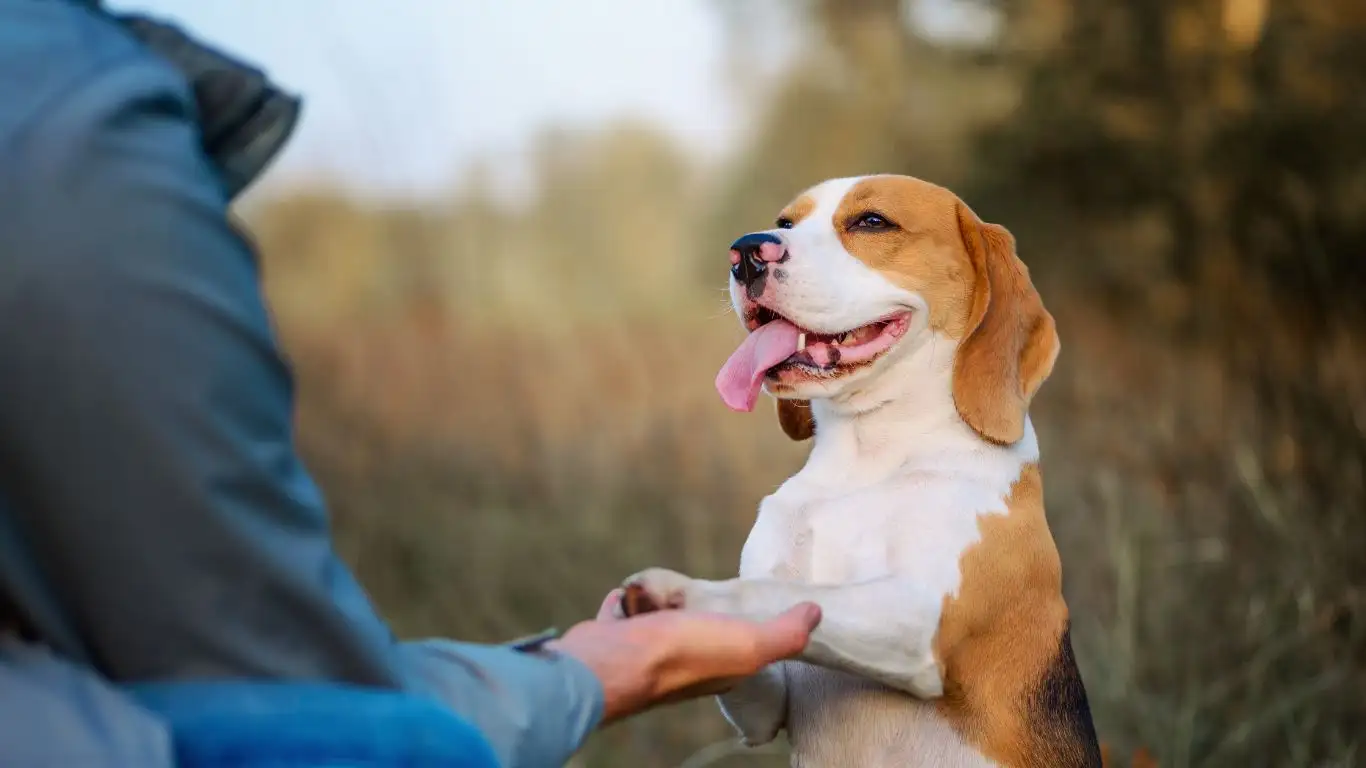
If the basic strategies we discussed in the previous section aren’t fully doing the trick, don’t worry. There are other tools and techniques you can incorporate into your dog’s training routine. Remember, every dog is different, and sometimes it takes a bit of trial and error to find the approach that works best for your specific situation.
1. The Power of Timeouts
Sometimes, the best way to teach your dog that their behavior is unacceptable is by using timeouts. When your dog starts nipping at your hands, remove them from the situation for a short period of time. The goal is to communicate to your dog that nipping leads to a loss of interaction, which they will want to avoid.
Here’s how you can implement timeouts effectively:
- As soon as your dog nips, immediately stop all interaction.
- Move them to a quiet space or crate for a brief timeout—just a minute or two is enough.
- Once the timeout is over, allow your dog back into the activity. But if the nipping happens again, repeat the timeout.
Timeouts can be incredibly effective when used consistently. Dogs don’t like being excluded from the fun, and this helps them connect nipping with the consequence of missing out on playtime.
2. Implementing the “Leave It” Command
Another useful command for addressing nipping behavior is the “leave it” command. This command can be incredibly versatile and effective, not just for preventing nipping but for teaching your dog to leave various objects or situations alone.
Here’s how you can teach your dog to “leave it”:
- Start by holding a treat in one hand and closing your fist around it, so your dog can’t reach it.
- When your dog tries to sniff, lick, or paw at your hand, say “leave it” in a calm, firm voice.
- Once they stop trying to get the treat, even if just for a second, reward them with praise and give them a different treat from your other hand.
- Repeat this process until your dog consistently responds to the command. Gradually increase the difficulty by using different distractions or scenarios, including when they’re nipping at your hands.
With enough practice, your dog will begin to understand that “leave it” means they should stop whatever they’re doing—whether it’s nipping or any other undesirable behavior.
3. Enrichment and Mental Stimulation
Sometimes, dogs nip because they’re bored or have excess energy. One of the best ways to reduce unwanted behaviors like nipping is to provide your dog with more mental stimulation. A tired dog is a happy dog, and when your dog’s mind is engaged, they’re less likely to focus on nipping or other problematic behaviors.
Here are some activities you can incorporate into your dog’s routine to keep their brain busy:
- Interactive toys: Puzzle toys that require your dog to think and problem-solve are great for keeping them occupied. Fill them with treats to make them even more engaging!
- Training sessions: Daily short training sessions (10–15 minutes) can help tire out your dog mentally while reinforcing good behaviors.
- Hide-and-seek games: Play games where you hide treats or favorite toys around the house and have your dog search for them.
Incorporating these activities will not only help reduce nipping, but they’ll also create a stronger bond between you and your dog while providing them with an outlet for their energy.
Addressing Nipping in Adult Dogs
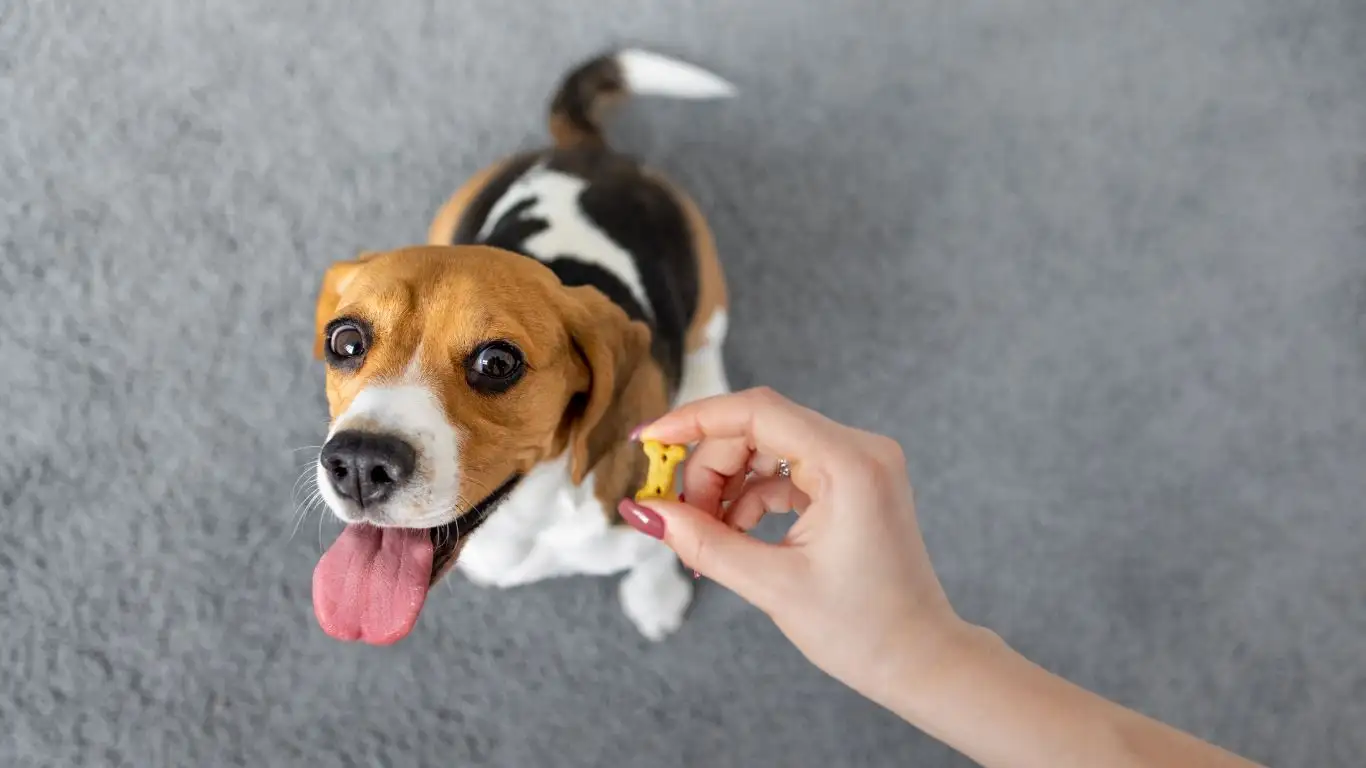
If your dog is older and has developed the habit of nipping, don’t worry—these techniques still work! The key with adult dogs is being extra patient and consistent. It may take more time for an adult dog to break established habits, but with the right approach, it’s definitely achievable.
1. Focus on Reducing Stress
Adult dogs, especially those with a history of nipping, might be acting out of stress, anxiety, or fear. Identifying and addressing the source of that stress is an important part of the training process. For example, if you know your dog gets anxious during car rides, you can work on desensitizing them to this situation before trying to correct their nipping behavior.
When you can reduce their overall anxiety, you’ll often see improvements in their behavior, including nipping. Consider the following steps:
- Calming techniques: Try calming music, aromatherapy, or natural anxiety aids like pheromone diffusers to create a more peaceful environment for your dog.
- Routine: Dogs thrive on routine, so keeping a consistent daily schedule can help alleviate anxiety.
2. Use Positive Reinforcement Consistently
Positive reinforcement works wonders for adult dogs too. It’s never too late to start rewarding good behavior. The more you reinforce the behaviors you want to see (like no nipping), the more likely your dog will repeat them.
For adult dogs, it’s especially important to use positive reinforcement generously. Whether it’s treats, praise, or their favorite toys, make sure you reward your dog immediately when they stop nipping or follow a command. Over time, this will help create a strong association between good behavior and rewards.
3. Professional Help
If you’ve tried everything and your dog’s nipping behavior persists, seeking the help of a professional dog trainer might be the next step. A certified trainer can assess the situation, offer personalized advice, and guide you through more advanced training techniques. Plus, a professional trainer can provide you with a structured approach tailored specifically to your dog’s needs, which can make a world of difference.
Professional trainers can also help address deeper behavioral issues, such as fear-based nipping, that might be harder to resolve without expert guidance.
Preventing Nipping Before It Starts
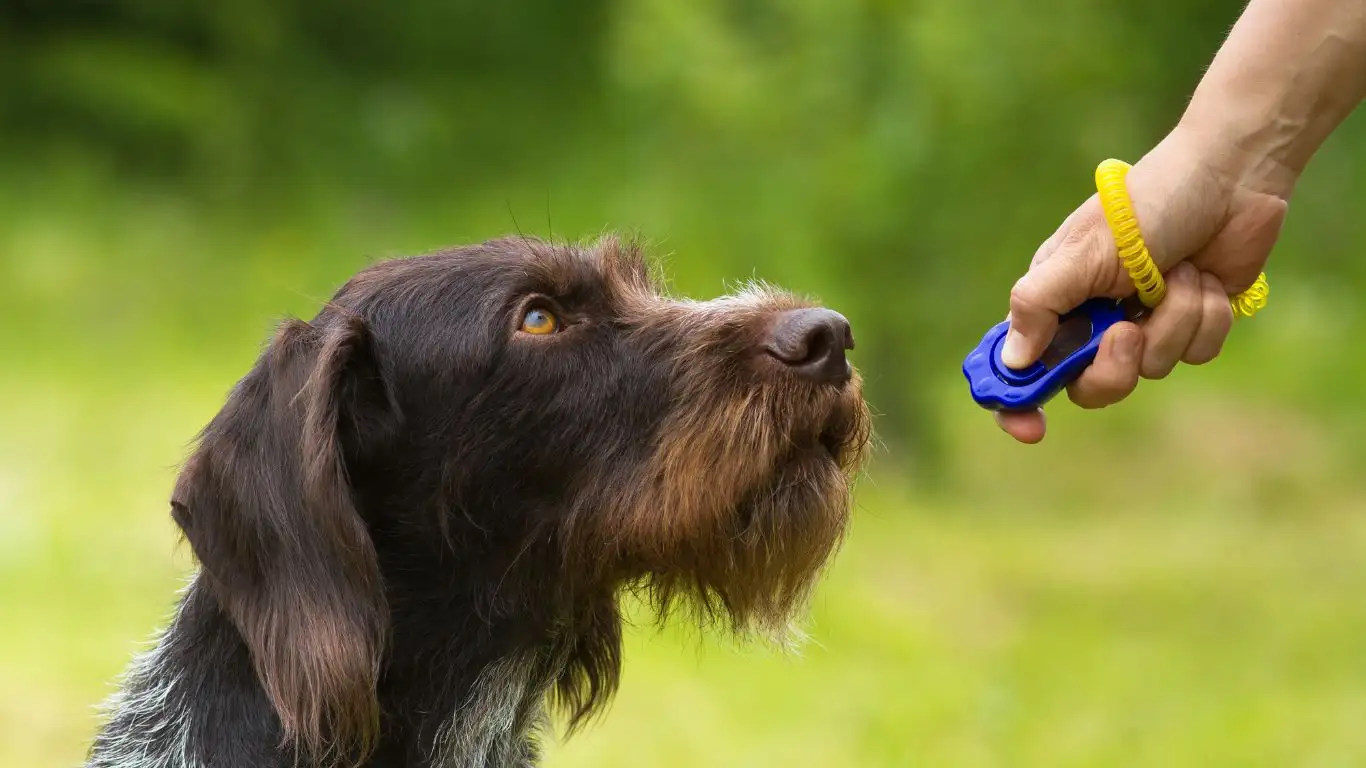
While it’s important to know how to train a dog to stop nipping at hands, it’s even better to prevent the behavior from developing in the first place. Early intervention and proper socialization are key to raising a well-behaved dog.
1. Socialize Your Dog Early
Proper socialization is one of the best ways to prevent nipping. If your dog is well-socialized with other dogs and people, they’ll be less likely to use nipping as a way to communicate. Puppies especially need to be exposed to a variety of environments, people, and other dogs during their critical developmental period. This helps them learn appropriate behaviors and develop the confidence to interact appropriately with others.
2. Start Training Early
The earlier you start training your dog, the better. Whether you’re dealing with a puppy or an adult dog, it’s important to instill good habits early on. Use positive reinforcement to encourage calm, gentle behavior, and nip any bad behaviors (no pun intended!) in the bud.
Consistency is essential in these early stages, as it helps set the foundation for a well-mannered dog. If you start training early, you’ll be able to teach your dog what’s expected from them before problematic behaviors take hold.
Dealing with Nipping in High-Energy Dogs
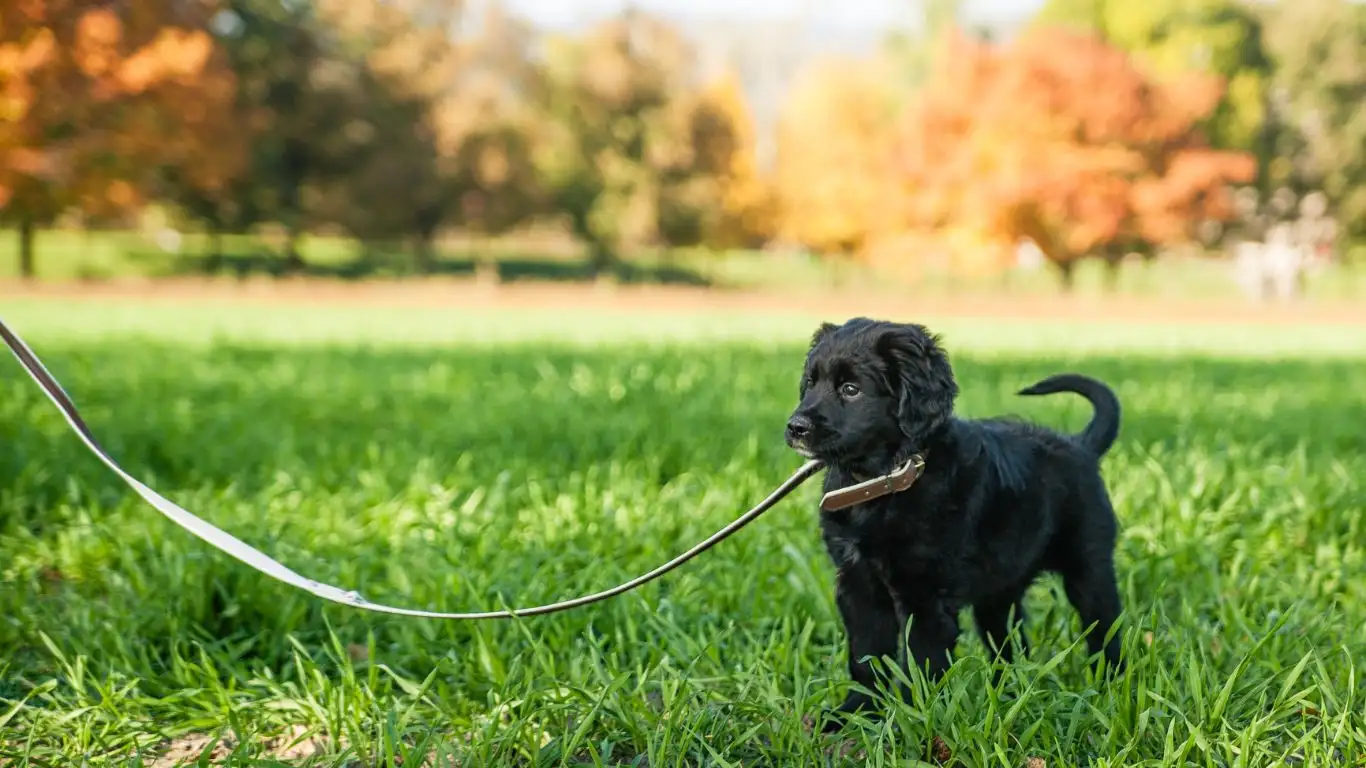
If you’re dealing with a high-energy dog, nipping can become more frequent, especially when they have too much pent-up energy. These dogs are often more impulsive and may act out when they’re bored or overstimulated. As a Certified Professional Dog Trainer (CPDT-KA), I’ve worked with many high-energy dogs, and I can tell you—proper outlet and structured activity can make all the difference in curbing unwanted behaviors like nipping.
1. Channel Energy into Positive Outlets
High-energy dogs need more than just a daily walk. They require more intense physical and mental stimulation to burn off that excess energy. Without it, they may turn to undesirable behaviors like nipping, barking, or digging. Here are some great ways to provide the necessary outlets for high-energy dogs:
- Interactive play: Engage in games that involve running or chasing, such as fetch, tug-of-war, or frisbee. These activities provide both physical exercise and mental engagement.
- Agility training: If you have the space, agility training is a fantastic way to keep your dog busy. Setting up an obstacle course in your backyard or attending agility classes can provide your dog with the mental and physical stimulation they need.
- Frequent playdates: If your dog enjoys socializing with other dogs, consider arranging regular playdates. This allows them to release energy in a safe and controlled environment, reducing the chances of them nipping out of frustration.
Giving your dog an outlet for their energy will not only reduce nipping but will also help improve their overall behavior and demeanor. After a good play session, your dog is more likely to relax and behave calmly.
2. Incorporate Mental Challenges into Their Routine
Just like physical exercise, mental stimulation is equally important for high-energy dogs. Puzzle toys, interactive food dispensers, and trick training can all help occupy your dog’s mind. When they’re actively engaged, they are less likely to nip at your hands or focus on other undesired behaviors.
Here’s a suggestion to keep your dog mentally stimulated:
- Food puzzles: Toys that require your dog to figure out how to release the food (like Kongs or puzzle feeders) are a great way to make mealtime more engaging.
- Training new tricks: Teaching your dog new skills or reinforcing old ones can be a great mental workout. Try adding some fun tricks to your dog’s repertoire, like “sit,” “roll over,” or “high five.”
- Hide-and-seek with treats: Hide treats or toys around the house and encourage your dog to find them. This is both mentally stimulating and rewarding for your dog.
By providing regular mental and physical challenges, you’ll help keep your high-energy dog content and less likely to use nipping as a way to relieve boredom or stress.
How to Handle Setbacks in Nipping Training
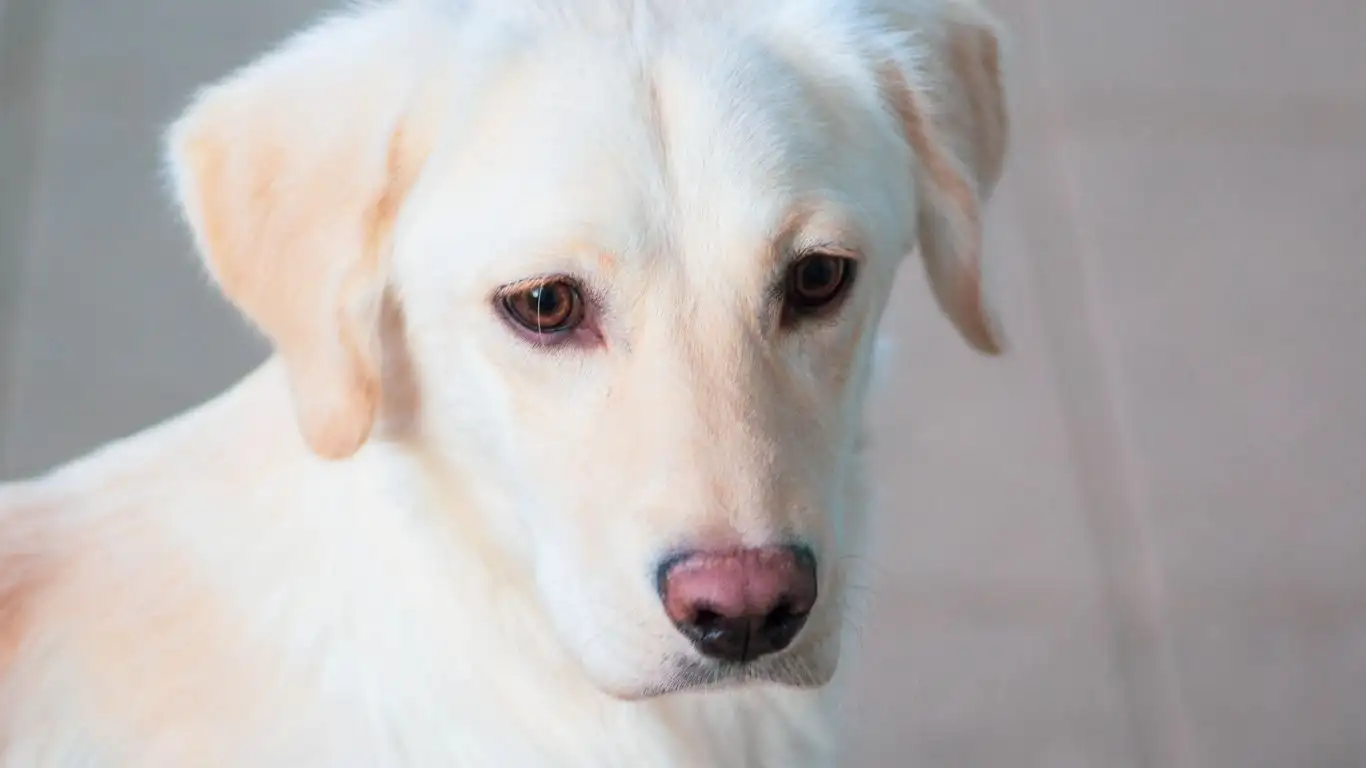
Training your dog to stop nipping can be a long process, and just like any other behavioral change, there may be setbacks along the way. Sometimes, it may feel like you’re making progress only for your dog to regress. I’ve been there, and I know how frustrating it can be, but don’t give up—setbacks are a natural part of the process.
1. Be Patient and Consistent
One of the most important things to remember when training your dog to stop nipping is that consistency is key. If you’re inconsistent with your corrections, your dog may become confused, which can lead to more nipping. Stick to your training routine and remain patient. Some dogs may take longer to learn than others, and that’s okay.
My experience has shown that small, incremental progress is still progress. Celebrate the victories, even if they’re small. If your dog doesn’t nip as often during play, or if they stop nipping for a few seconds after you give the “no bite” command, that’s a win! Keep reinforcing the positive behavior, and over time, your dog will learn what’s expected.
2. Revisit Basic Training Techniques
If you’re experiencing a setback, sometimes it helps to go back to the basics. Revisit some of the fundamental training techniques you’ve used earlier, such as redirecting the behavior, using the “leave it” command, or teaching bite inhibition. Sometimes, dogs need a little refresher, especially when they’re dealing with new experiences or changes in their environment.
Don’t be afraid to take a step back in the process. It’s okay to slow things down and retrain basic commands, especially if your dog seems confused or frustrated. It’s all part of the journey toward a well-behaved pup.
3. Keep Training Sessions Short and Fun
If you’re facing resistance or your dog is getting frustrated, it’s time to adjust your training sessions. Keep them short and fun, no more than 10-15 minutes. If your dog is getting tired or overwhelmed, they may revert to nipping out of frustration or boredom. Mix up your training routine with fun activities or breaks to keep things lighthearted and enjoyable for both of you.
Always end a session on a positive note—reward your dog for even the smallest progress. The more you make training fun and rewarding, the more likely your dog will respond positively.
Why You Should Seek Professional Help
If you’ve tried everything and your dog’s nipping persists despite your best efforts, it might be time to consider seeking professional help. Working with a professional dog trainer can provide personalized guidance that can address the specific issues you’re facing. Trainers can assess your dog’s behavior, identify triggers for nipping, and offer tailored solutions that will help you both succeed.
Professional trainers have years of experience and can teach you techniques that you may not have considered. They can also help troubleshoot any issues that may arise during the training process and keep you on the right path.
If you choose to hire a dog trainer, make sure they are certified and use positive reinforcement-based methods. Certified trainers, like those with the CPDT-KA certification (like me!), adhere to the highest standards in dog training and are committed to using science-backed, humane methods that focus on building a positive relationship between you and your dog.
Final Thoughts on Stopping Nipping
Training your dog to stop nipping at hands is a process that requires patience, consistency, and a lot of love. Whether you’re working with a playful puppy or an adult dog with established habits, the strategies shared in this article should help you address and eventually eliminate nipping behavior. Keep in mind that every dog is unique, and some might need more time and different techniques to achieve the desired results.
Above all, enjoy the process of training and bonding with your dog. The more time and effort you put into understanding their behavior and reinforcing positive actions, the more rewarding your relationship will be. With patience and dedication, your dog will learn to interact gently, and you’ll both enjoy a stronger, healthier bond.
For more information on dog training, be sure to explore our website and check out our resources, guides, and courses.
Disclaimer
The content provided in this article is for informational purposes only and is based on my personal experience as a Certified Professional Dog Trainer (CPDT-KA). Training your dog requires patience and consistency, and results may vary depending on individual circumstances. For serious behavioral concerns or if your dog’s nipping persists, it’s always a good idea to consult with a professional dog trainer.
